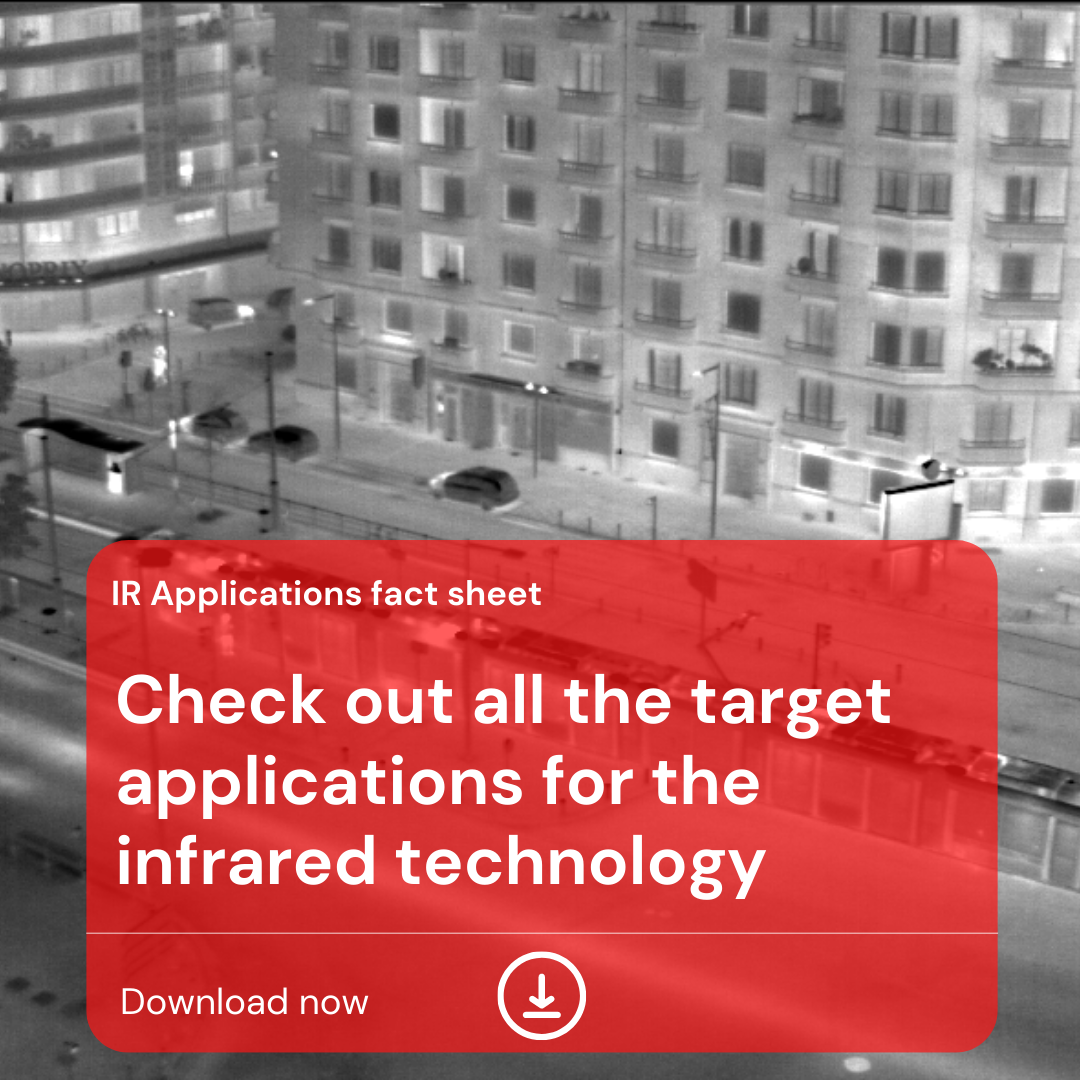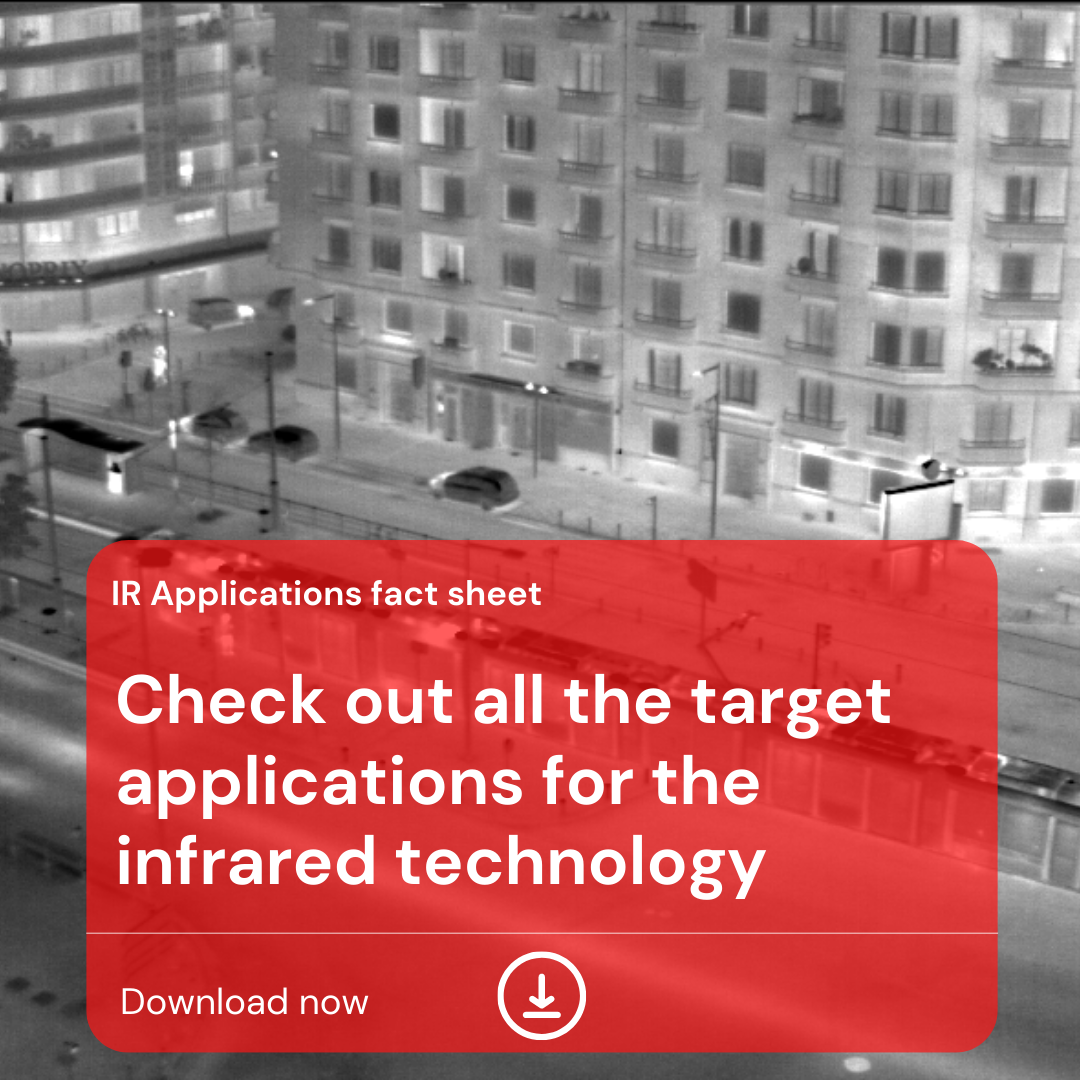Precision Thermal Imaging for Hunting & Leisure: Premium European Solutions for ...
The Hunting & Leisure market is evolving—driven by advanced technology, changing regulations, and the expectations of a new generation of responsible hunters...

July 29, 2022 . 3min read
Thermal imaging or thermography involves using specialized cameras to measure the infrared radiation emitted by various surfaces. That information is subsequently converted into a 2D image where the colors represent different temperatures. Data are contactlessly collected in real time, and measurements can be performed from a distance with incredibly short response times. Thermal imaging data can be used by a wide variety of fields, including science, industry, medicine and safety.
In this article, we are going to focus our attention on four major sectors, namely buildings, science, industry and the emergency services.
1.Thermal imaging for buildings (maintenance)
The thermal imaging technology has already been widely embraced by the building sector, where it can provide an overview of an entire building's energy performance. Users can pinpoint thermal anomalies in the walls or roof from inside or outside the building and thereby reveal any heat leaks or insulation flaws. Thermal imaging can also be used for carrying out quality control inspections for insulation retrofits.
As for electrical applications, the technology can detect abnormal temperatures in an electrical installation. It is also used to inspect electrical panels during preventive maintenance operations. Lastly, thermal imaging can help professionals troubleshoot weaknesses in the building's structural integrity, especially in case of water ingress (i.e. tracking down the causes of any leaks or damp).
2.Thermal imaging in the scientific sector
Thermography has widely been adopted by the scientific community and especially process control professionals to measure and manage temperatures. For example, checking for temperature uniformity is critically important in the glass and steel industries.
Thermal imaging is also playing an integral role in research and development work aimed at inspecting heat dissipation in brake discs. In the motorsport sector, hot components, overheating and excessive cooling can drastically drag down vehicle performance, safety and durability. R&D activities can improve brake disc quality for both competitive sports and civil applications.
In the medical industry, thermal imaging can reveal inflamed tissue, detect muscle injuries or diabetes, monitor peripheral circulation disorders, identify tumors, and so on.
Finally, the recent health crisis prompted a surge in the use of systems capable of remotely spotting cases of elevated skin temperatures (EST) in groups of people. Thermal sensors are capable of continuously and contactlessly measuring people's skin temperature in real time and detecting cases where body temperatures are rising above normal. They play a key and non-intrusive role in maintaining safe and healthy working conditions in high footfall areas.
To check out all the target applications for the infrared technology, download the IR Applications fact sheet.

3. Thermal imaging and industry
Industry can harness the diagnostic powers of the thermal imaging technology to easily pinpoint overheating issues or weak spots in a mechanical or electrical installation.
4. Thermal imaging and the emergency services
Thermal imaging provides emergency responders and rescue services with a way to shield the public against harm. Thermography systems are essential for detecting fire outbreaks. Fires have the destructive capacity to raze several buildings and facilities to the ground in the blink of an eye. With their ability to perform contactless temperature measurements, thermal cameras can help prevent fires by detecting hotspots before they turn into a full-blown blaze.
Landfills are a case in point. Spontaneous combustion, heat increases caused by pressure build-ups, and spontaneous chemical reactions between waste and accumulated methane are just some of the catalysts that can spark a fire. Infrared cameras can prevent fires by identifying the hotspots that are likely to cause a blaze.
In the fire that devastated Notre-Dame in Paris, the emergency services were immediately notified of a fire outbreak beneath the cathedral's roof. Thermal imaging truly comes into own with its ability to detect a fire inside a building before the flames are visible from the outside.
The infrared technology continues to raise the performance bar on thermal detection quality. In today's world, the technology represents a tremendous ally for all the major traditional sectors, such as buildings and industry, but it is also carving a reputation as a must-have technology in more innovative fields, including the medical, automotive and space industries. Watch this space!
To check out all the target applications for the infrared technology, download the IR Applications fact sheet.
